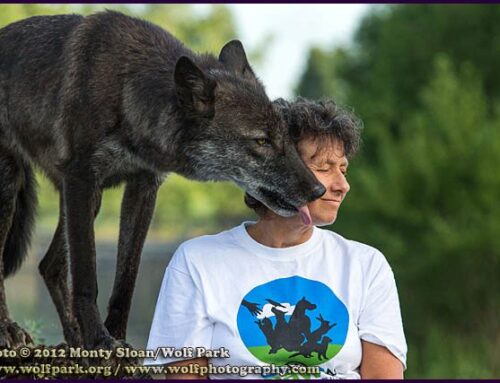During a recent trip to Puerto Rico with a group of students I was asked if I would take home a small, black, stray dog, named Tooie. Tooie had been found wandering on Highway 200 (hence the name) on the island of Vieques. At approximately 4 months of age and weighing 16lbs Tooie is a classic ‘sato’. My initial hesitation to bring back a dog changed to willingness once I met Tooie. Even when surrounded by a group of cooing teenagers Tooie behaved with the right amount of wariness, appeasement, interest and enthusiasm. This was not a dog with ‘issues’ that I would feel uncomfortable asking someone to ‘deal’ with.
My guess is that Tooie was born to a family pet and not long before he was found wandering, the litter, and maybe mom along with them, was abandoned to fend for themselves. It happens a lot. At some point during his early life he had learned that people were worth hanging around and he showed no reluctance to being handled. He did show a remarkable ability to adjust to situations. He was excited to engage when played with, but when the playing stopped would plop himself down and rest quietly or head off in pursuit of a leaf or lizard.
Here in my home in Vermont Tooie is proving to be a delight of a puppy, even if he does manage to find every pair of shoes in the house to trot around with and chew. He’s easily distracted, just as happy with a piece of kindling as a shoe, and takes his licks from Sunny the resident ‘older male’ who is teaching Tooie to mind his manners with other dogs. Despite having a ‘pull yourself up by the bootstraps’ early life, Tooie is no worse for the wear.
My friend Deb T. says that every trainer should have a puppy to be reminded of what their clients are going through. And although I now understand the value of having countless chew toys in the house, even bigger lessons for me have been, 1) to quote Pat Miller, “the power of positive training” and 2) the benefits of having a life. People often say that street dogs are wonderful dogs to live with because they ‘are grateful’. They may feel gratitude, but what I think contributes more to their ability to be such good pets is that they have been problem solving from a young age. They have not spent hours a day confined to a crate or kennel during the most important stages of development. They have had to negotiate with other dogs and they have perfected the skill of separating a person from their sandwich.
The idea that someone would feel the need or desire to put an electronic (shock) collar on a puppy mystifies and distresses me. That anyone would resort to corporal punishment to train a creature evolved to live in close contact with us, work for and with us, is equally distressing. It’s understandable, but nonetheless distressing. Puppies can be a nuisance, their joie de vivre is often only endearing to a point. Teaching a dog which behaviors we need from them often requires more patience and skill than many of us have, or are willing to devote to the process of rearing a puppy. Our homes are full of ‘valuables’ that look like playthings to a puppy and our days are full of obligations. We can be satisfied with simply stopping a dog from doing something we don’t like, however the consequences of how we do that inevitably show up down the road. The lack of training and the use of inappropriate training techniques provide the mainstay of many dog trainers’ businesses.
During an earlier visit to Puerto Rico I was asked to take a dog back home with me but seeing that he was shy I declined. The dog was living on the grounds of a hotel whose owner was involved in animal rescue. He was not tied or confined. He had other dogs and cats to interact with. There were people coming and going who he could choose, or not, to greet. He may not have had a couch to curl up on at night, but he had a life and I was not inclined to take that away from him in exchange for a crate and a tie-out.






